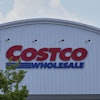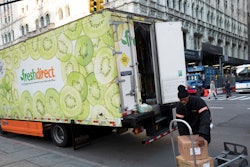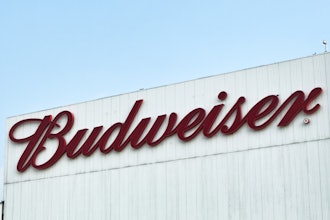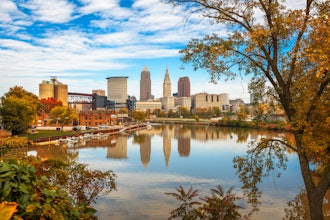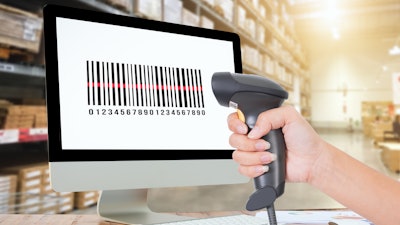
What do tomato paste, watermelon and tuna fish have in common? According to the FDA, they were all unsafe to eat in the month of April due to contamination. But, that’s not all. Last month, Ben & Jerry’s recalled their “Chunky Monkey” ice cream for containing undeclared tree nuts, and Chips Ahoy! pulled cookies from shelves for having an “unexpected solidified ingredient.”
Food recall instances like these are common and the cleanup will continue to cost distributors unless something is done. Right now, the average food recall in the United States amounts to an estimated $30 to $99 million in losses. Of course, that number only includes direct costs associated with retrieving and disposing of recalled items. Lawsuits, reputational damage and sales losses are certain to contribute to the damages as well.
According to a report from the U.S. Public Interest Research Group (PIRG), food wholesalers and manufacturers should follow a comprehensive safety plan for food distribution. The group recommends four steps, including testing, inspection, traceability and recall. Health standards and inspections are important because they work to keep contaminants out of the food supply in the first place. The recall system is another major defensive layer, as it works to remove contaminated products from grocers, restaurants, and homes to keep consumers safe.
While companies should be more diligent about inspecting their own suppliers, they also need to invest more in the third safety step: traceability. Once authorities issue a recall on a product, stores must remove it from the shelves right away. But sometimes, retailers do not get the memo.
For example, in June 2018, Kellogg’s issued a recall for its Honey Smacks cereal due to salmonella contamination. Nearly a month after the FDA announced this recall, some retailers were still offering the product for sale, and the outbreak continued to spread. If retailers do not adhere to recalls and consumers continue to purchase contaminated food, how can food corporations ensure that customers remain safe?
By utilizing revolutionary smart labels, the consequences of a food recall can be limited by efficiently tracking products. These labels leverage IoT and blockchain technologies to help companies pinpoint exactly where the problem occurred in the supply chain and identify which assets are unsafe for consumption.
When a recall occurs, these Certified QR Codes allow for rapid communication between government agencies, food distributors and consumers. Grocers and customers can simply scan the barcode with a smartphone to determine where the food has come from, and if it is safe to eat. Distributors can also contact those who scanned a product prior to the recall to alert them of the product’s hazards, so it becomes nearly impossible to miss the FDA’s warning.
These smart labels will not only protect consumers from harm, but they will also save food brands from major recall spending. By reducing the number of units pulled from millions to only thousands, labeling technology can lessen the financial hit to food companies and limit disruption in the supply chain.
Food corporations no longer have to stress about the physical and financial burdens of a recall. With IoT and blockchain, the industry’s latest technologies can make massive, brand-damaging food recalls a thing of the past. To take advantage of the revolutionary tracking technology entering the market, food distributors and manufacturers must connect with the right partners to apply these solutions to their own supply chain management systems.
Scott Fletcher is the President and CEO of LocatorX.


